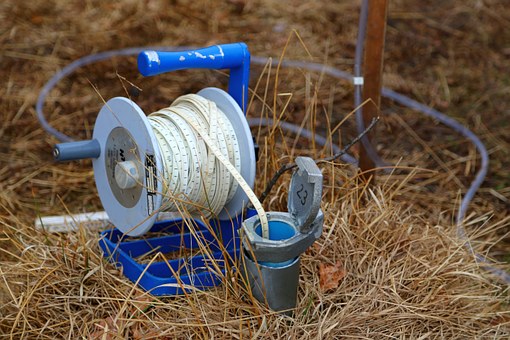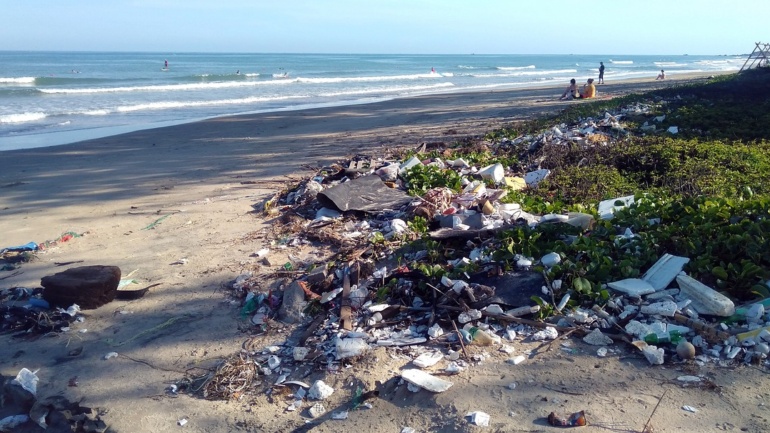By Emma Cheriegate, Staff Researcher & Writer at Save the Water™ | February 24th, 2022
Many Americans hear “water crisis” and think of one place: Flint, Michigan. Lead contaminated their drinking water supply in 2014. However, the contamination issues didn’t stop in Flint. Water pollution, also called water contamination, affects millions of Americans each year. Contamination issues range from infections to full-blown diseases. And contamination doesn’t affect all United States’ regions equally. To understand contamination, we must first understand who is at highest risk and why.
U.S. States with a History of the Worst Drinking Water Quality
The Safe Water Drinking Act (SWDA) sets water quality standards for drinking water in the United States. SDWA violation counts track the safety levels in community water supply systems. A recent study analyzed recorded violations from 1982 to 2015 throughout the contiguous United States. Texas, Oklahoma, and Idaho topped the list for receiving the most violations.
Another study looked at SWDA violations between 2014-2018 and in 2020. For SWDA, four states topped the list with the most violations:
- New Mexico
- Texas
- Idaho
- Alaska
But data trends extend beyond geography. The National Resource Defense Council (NRDC) found that SWDA violations are concentrated in rural, minority, and low income communities.
Who is Most Affected?
Nationally, rural communities and low-income communities of color face poor water quality. Rural communities face a specific issue: organic material in the source water. Organic material includes nitrate. For example, nitrate from farming practices seeps into the groundwater. Often, rural communities rely on groundwater for drinking water.
Moreover, research shows a strong correlation between low-income communities and communities of color and poor drinking water quality. In addition, race and socioeconomic status correlate with receiving the majority of drinking water violations. Water systems wear down and leak over time. Lack of government spending on water infrastructure hits communities of color and low-income communities hardest. Furthermore, low-income communities often lack the funds for filtration equipment to fix the issue in their homes.
Communities of color also deal with long-term lack of investment in infrastructure. For example, the water crisis in Newark, New Jersey competes with Flint’s lead levels. Lead levels were detected at over three times the EPA’s threshold. Newark is a city that is predominantly Black and Hispanic. In brief, poor infrastructure plagues these communities.
What You Can Do
Contaminants in your local water supply can be scary. Both governmental agencies and the current administration are fighting for water policy improvements. Here are some ways to stay informed about water quality in your area:
- Read your county’s water quality report to learn about the water quality in your home.
- Evaluate your home’s water with testing kits.
- Send your water for testing to labs. Some tests can be expensive.
- Contact your local government’s office for information about their plans to improve water quality in your area.





